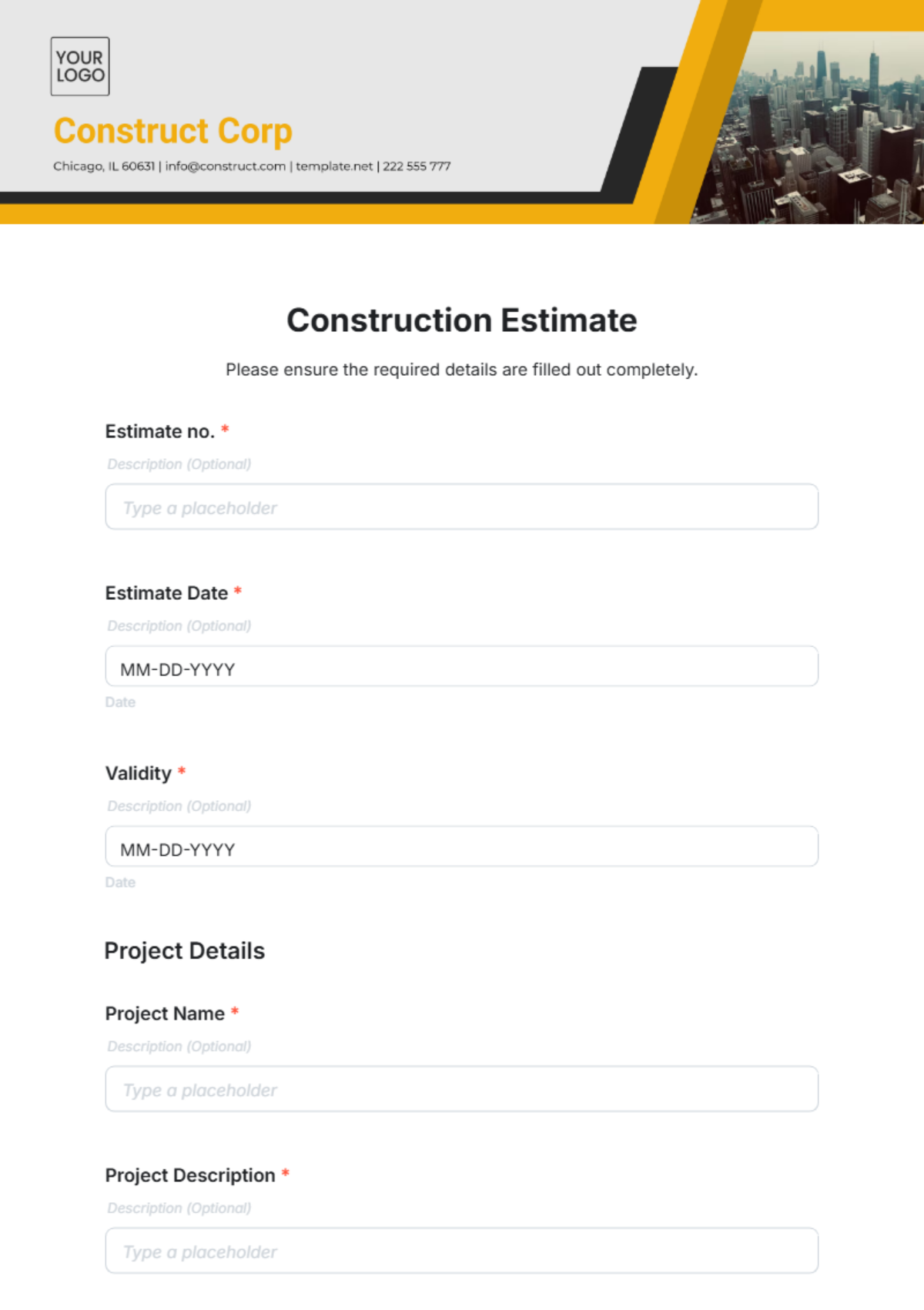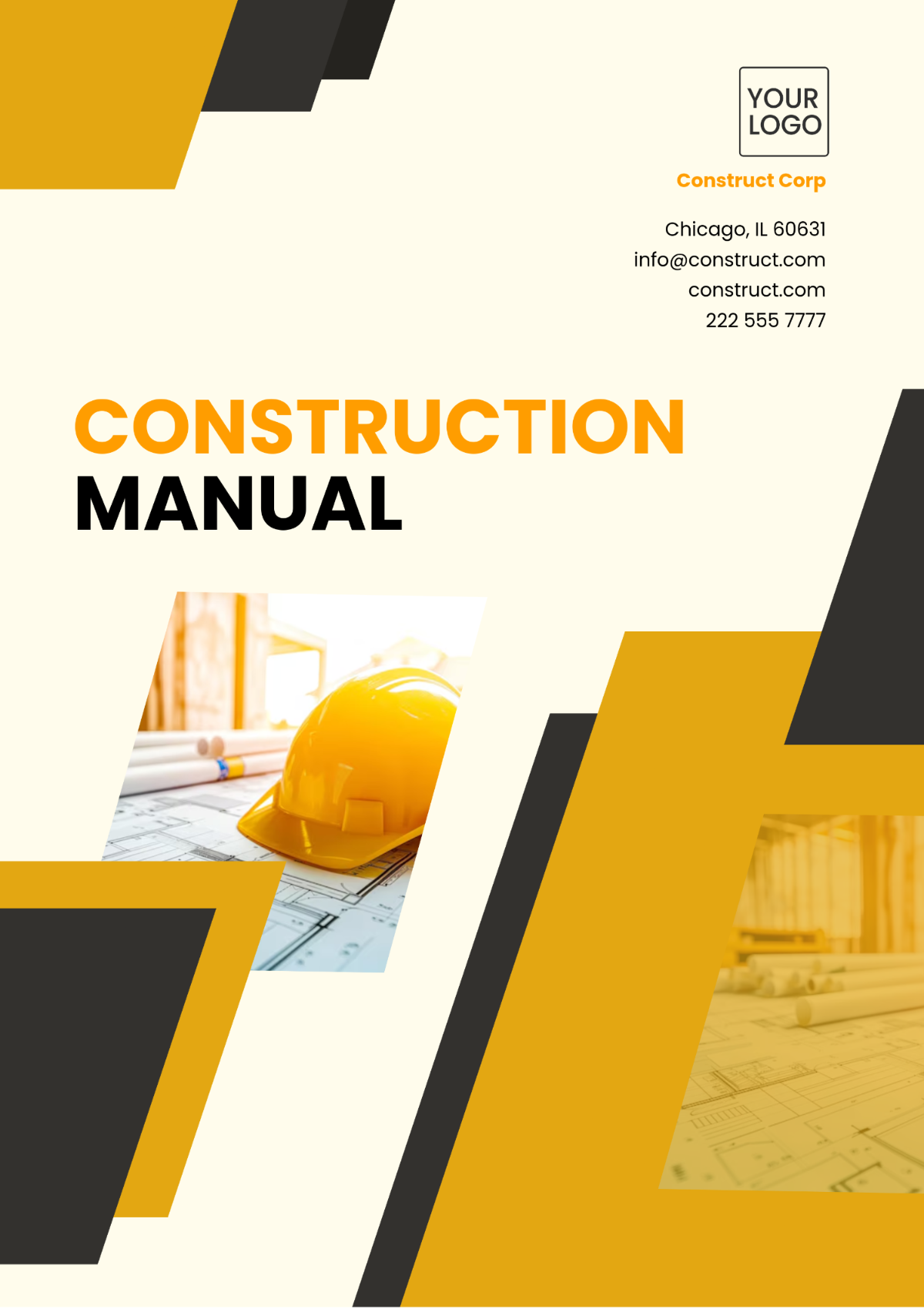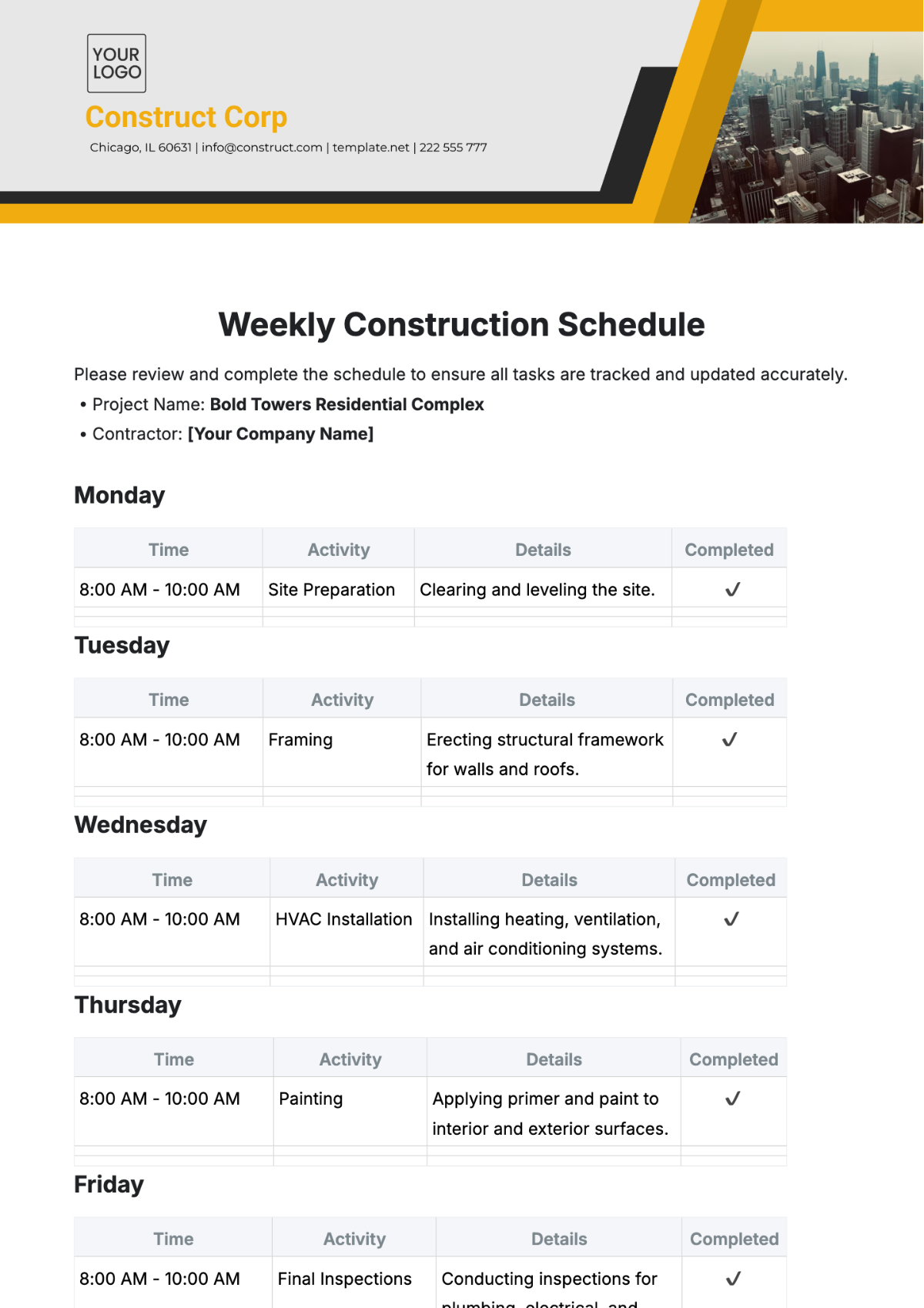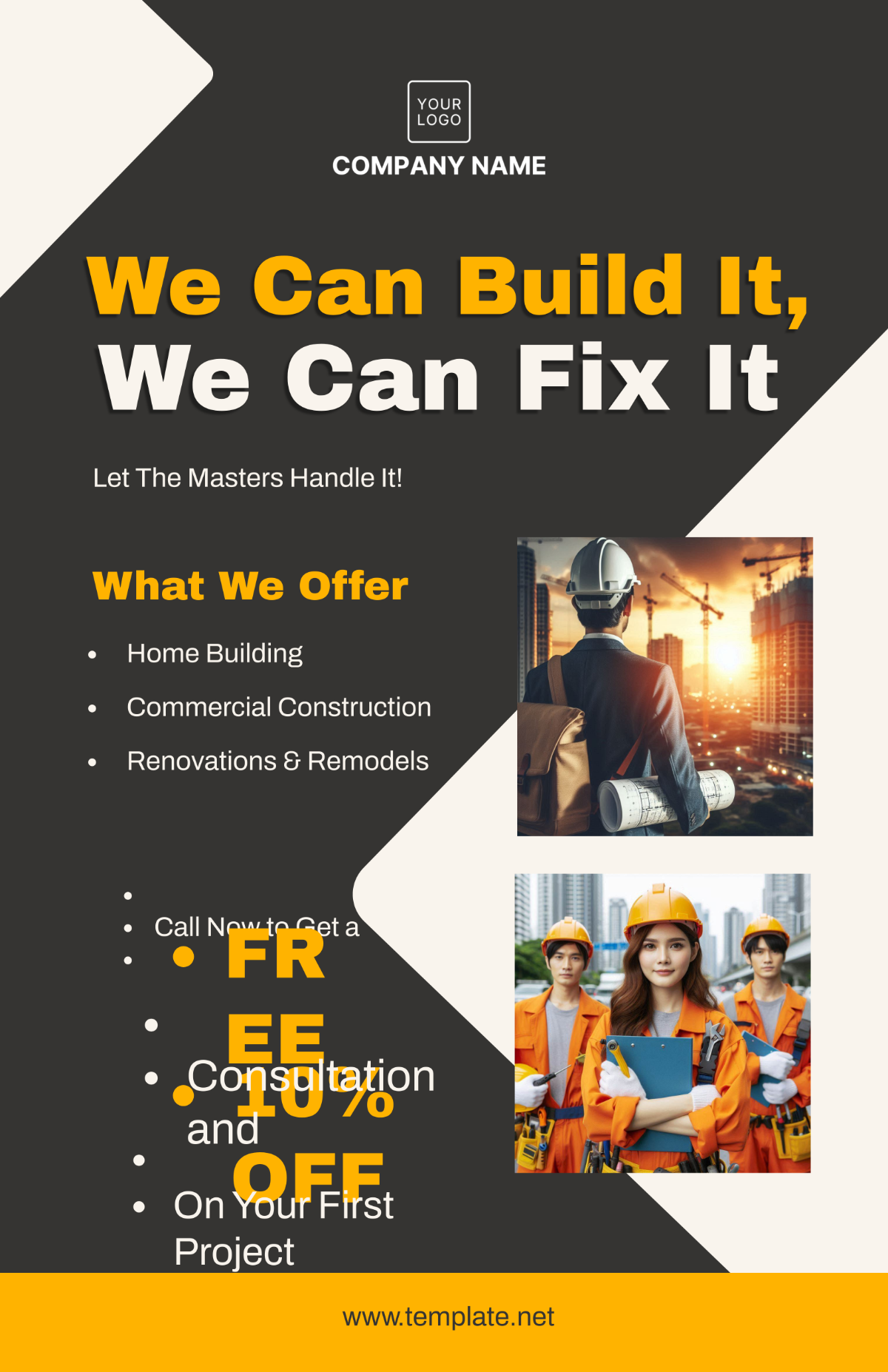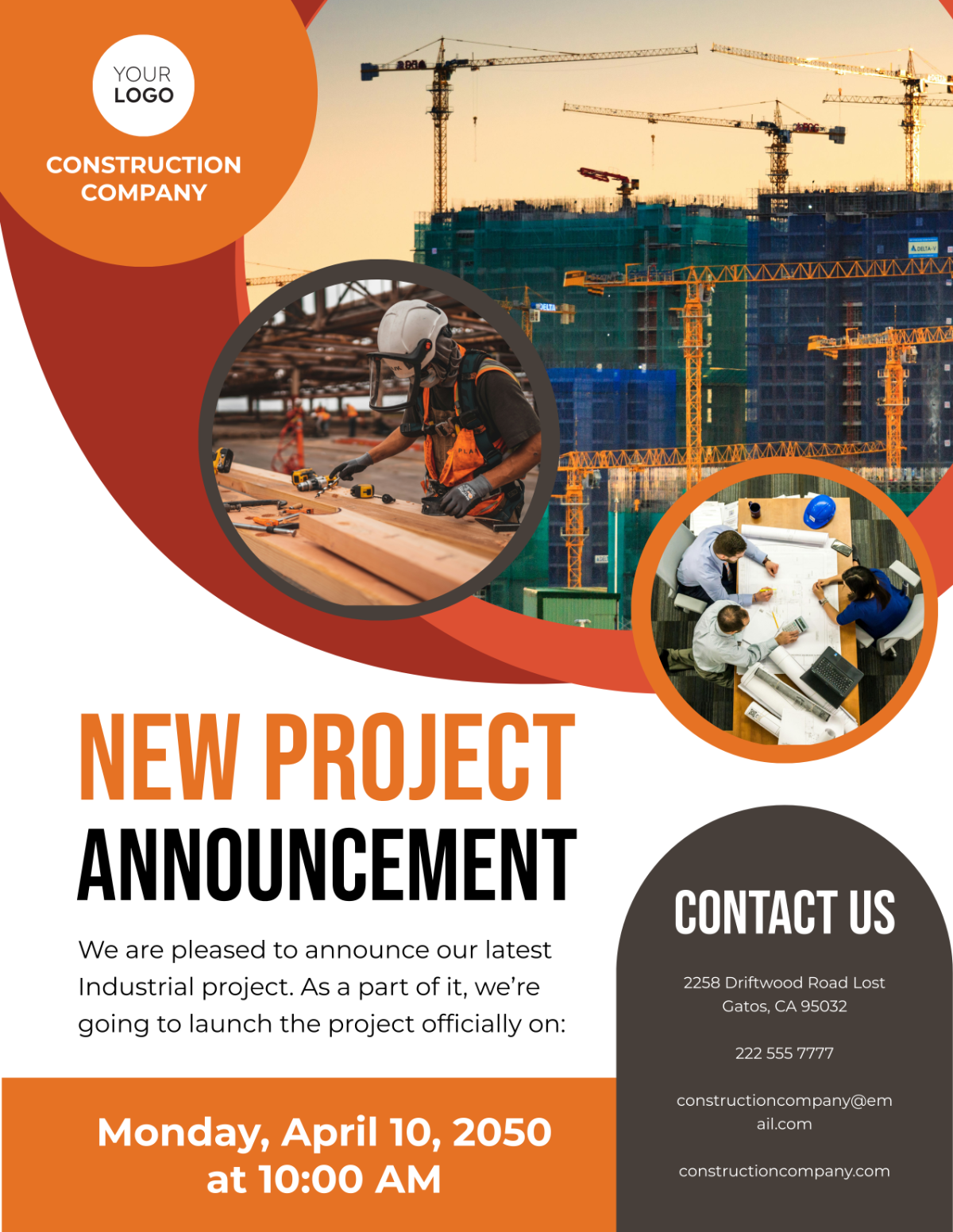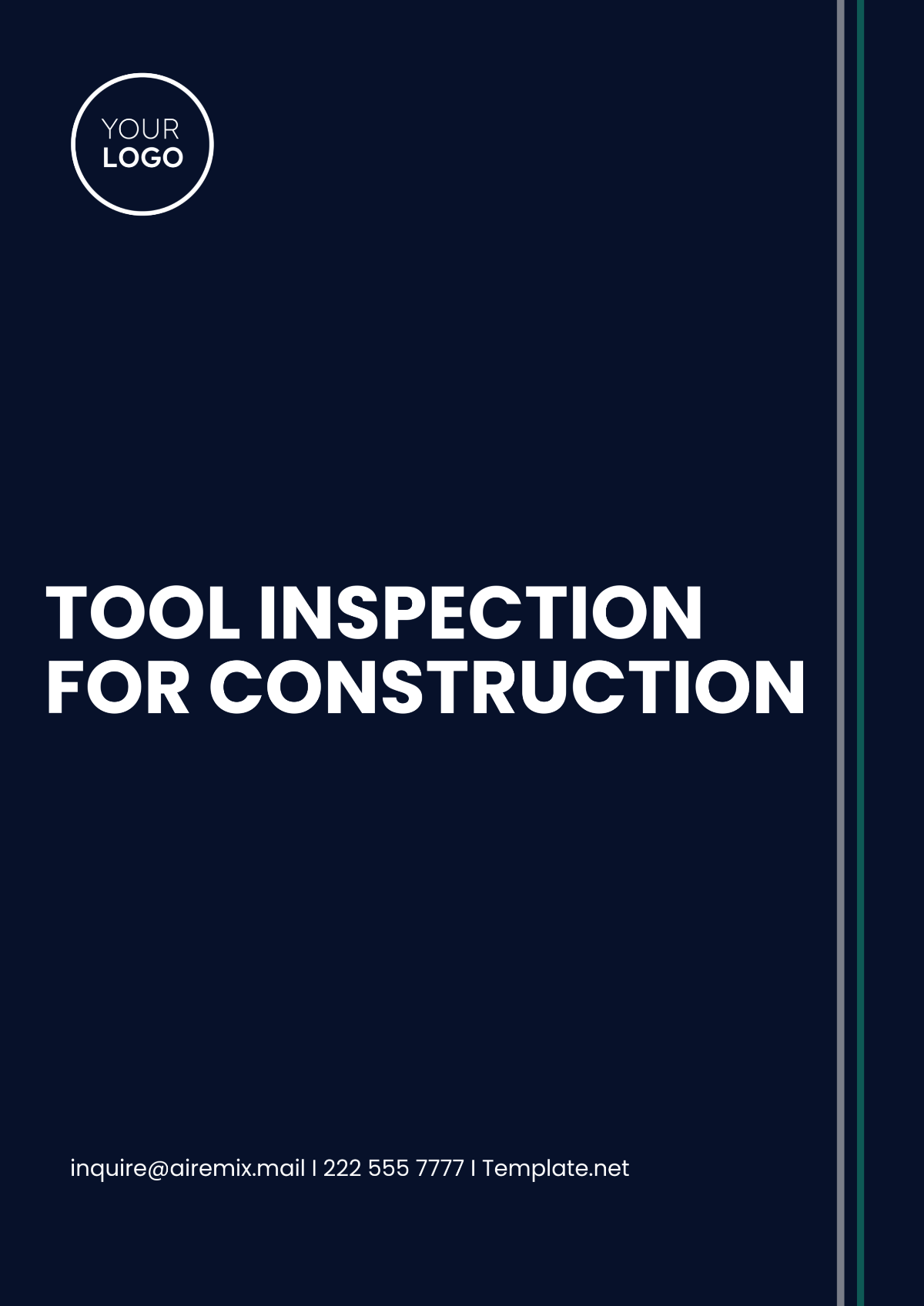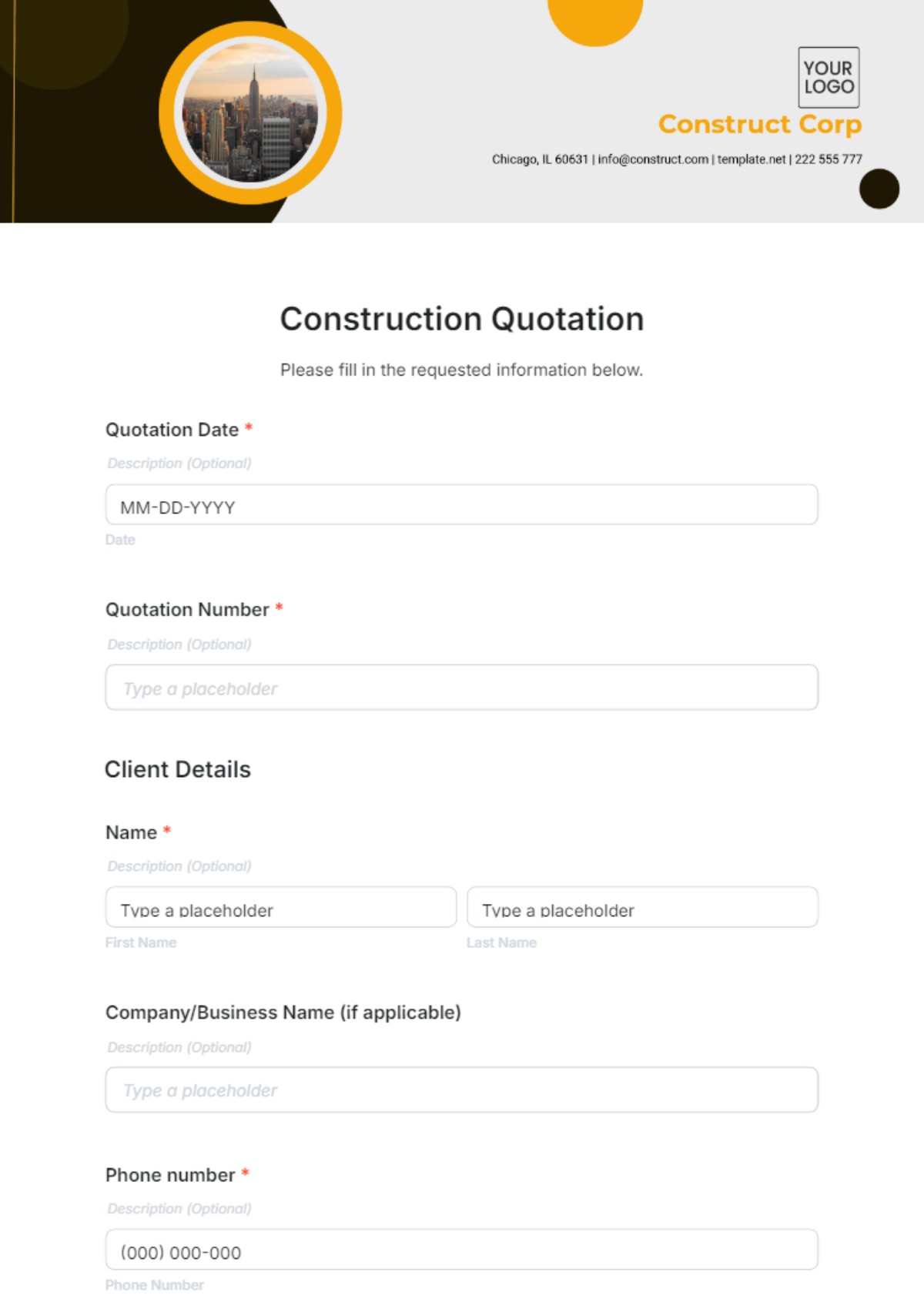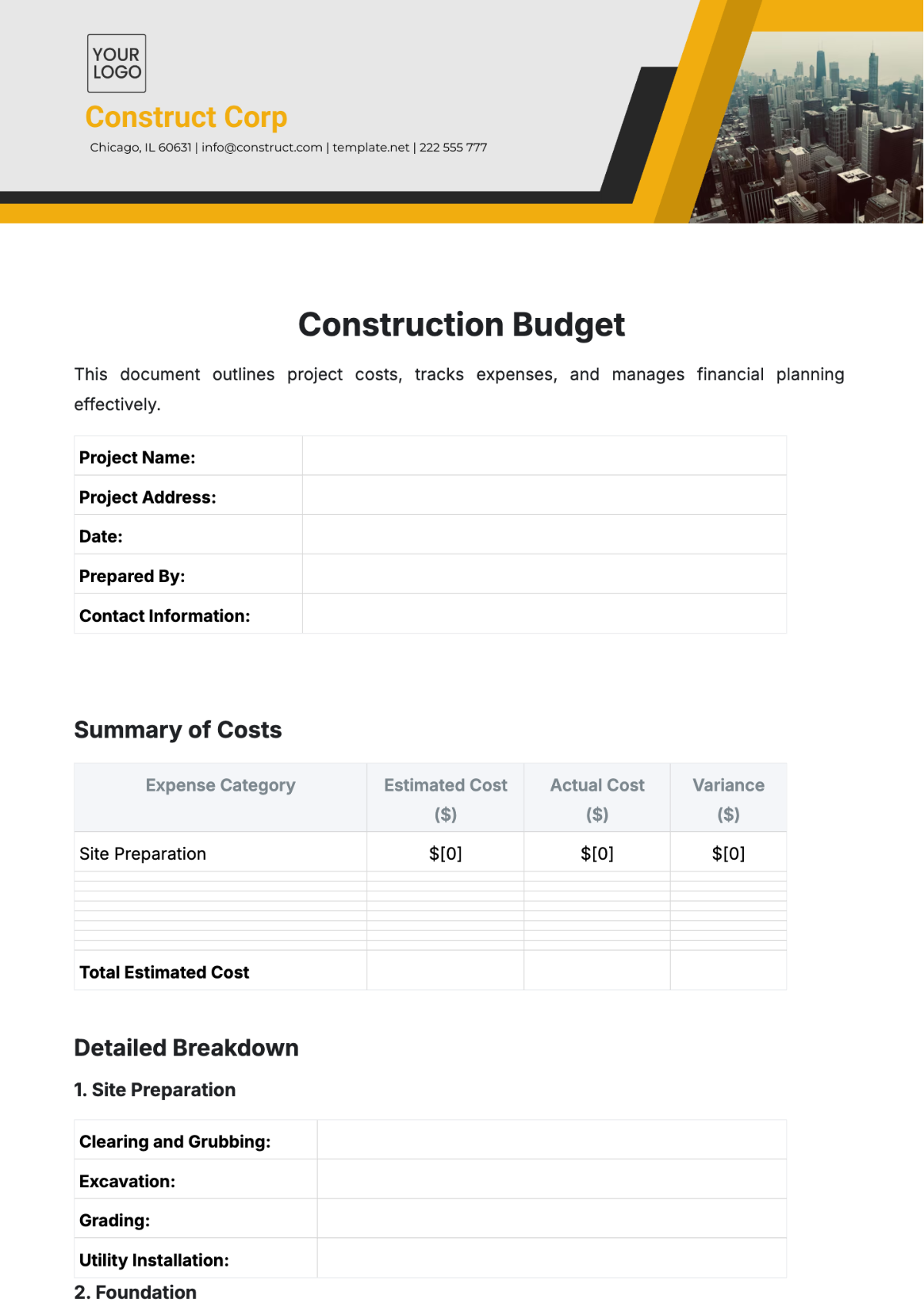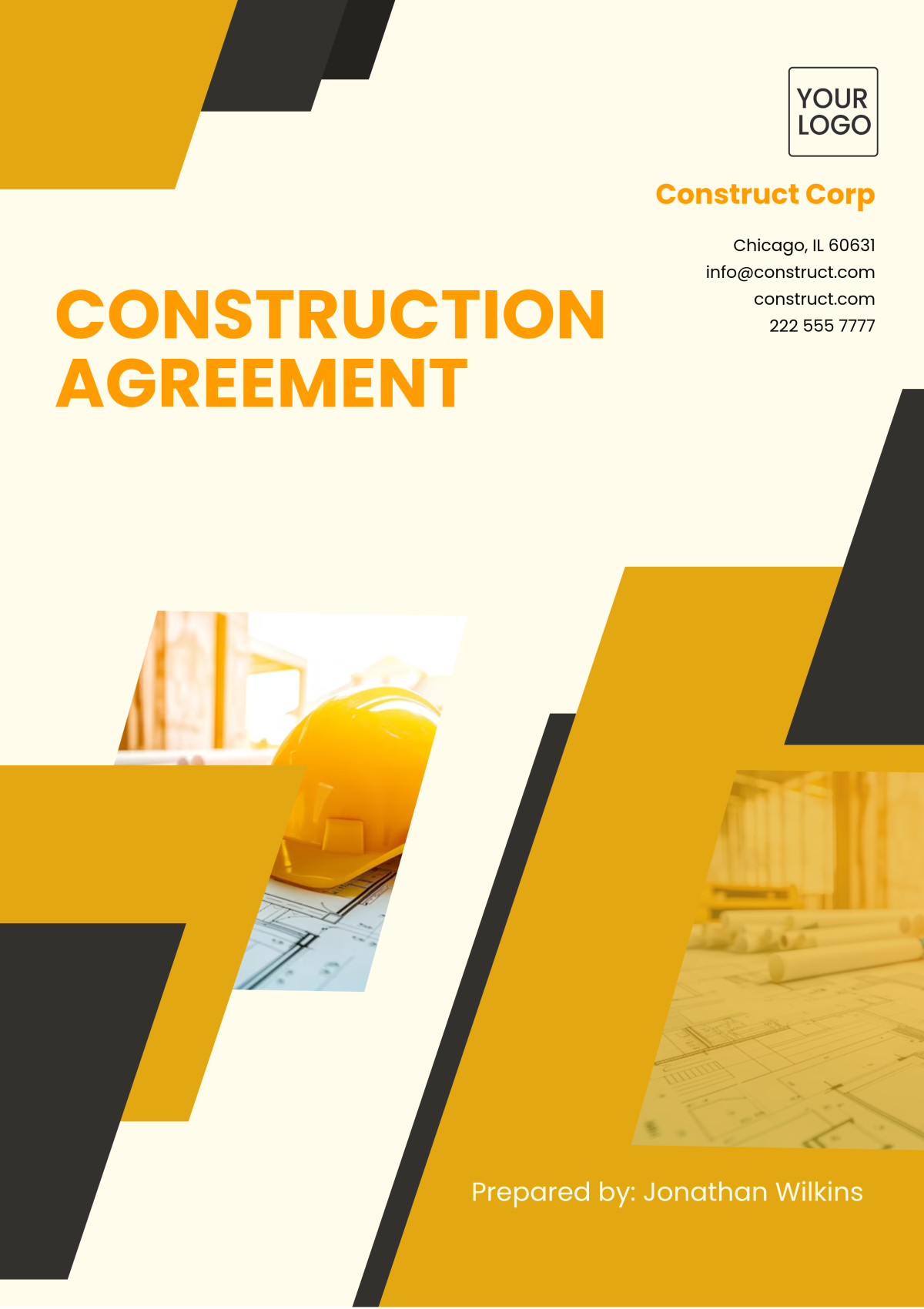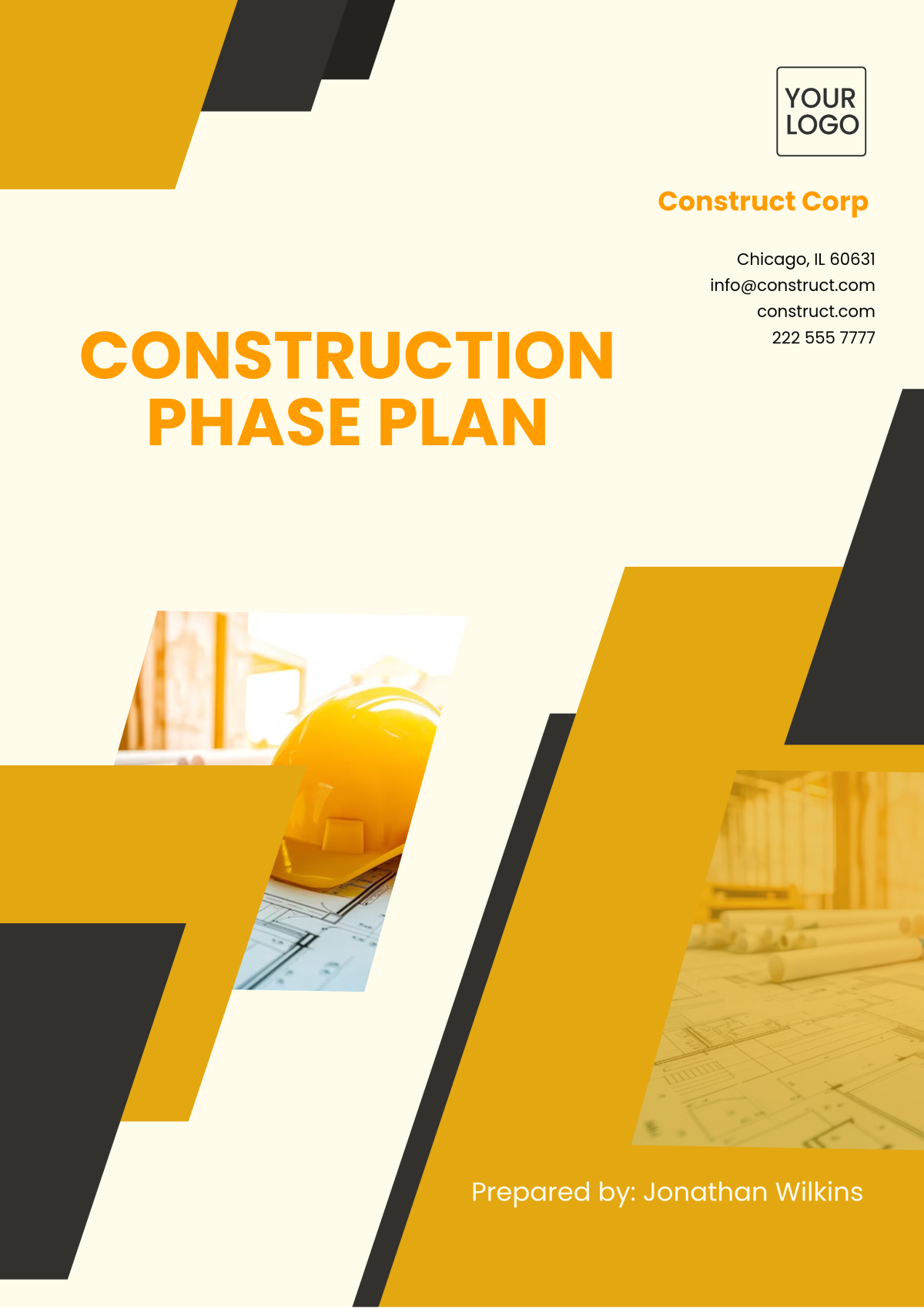SITE PREPARATION REQUIREMENTS
1. Introduction
This document outlines the comprehensive requirements for preparing a site for construction or development. Effective site preparation is pivotal to ensure the safety, efficiency, and success of the project. The following sections provide detailed guidelines on various facets of site preparation.
2. Site Survey and Assessment
2.1 Site Survey
A thorough site survey is essential to collect critical data about the site. This includes topographical, geological, and environmental information. The survey should be conducted by qualified professionals using standardized methods and advanced tools to ensure accuracy and completeness.
2.2 Hazard Assessment
Identify and evaluate potential hazards such as unstable ground, contaminated soil, or nearby water bodies. Assess the risk associated with each hazard and develop comprehensive mitigation strategies to address and manage them effectively.
3. Site Clearance
3.1 Vegetation Removal
All vegetation, including trees, shrubs, and grass, must be removed from the site. The following table summarizes the requirements for vegetation removal:
Type | Method | Disposal |
|---|---|---|
Trees | Mechanical logging, chainsaws | Chipping, removal to landfill |
Shrubs | Mechanical removal, hand pulling | Composting, removal to landfill |
Grass | Mowing, herbicide application | Composting, removal to landfill |
3.2 Debris Removal
All debris, including remnants of old structures and waste materials, must be cleared from the site. Ensure that disposal is conducted according to local regulations and environmental guidelines to minimize impact.
4. Grading and Excavation
4.1 Grading
Grading is required to establish a level base for construction. The site must be graded as per site plans and engineering specifications. Install proper drainage systems to prevent water accumulation and ensure stability.
4.2 Excavation
Excavation work must be performed to prepare for foundations, basements, and utility trenches. The following table details excavation depth requirements for various structures:
Structure | Excavation Depth |
|---|---|
Foundations | Minimum 1.2 meters |
Basements | Minimum 2.5 meters |
Utility Trenches | Varies (refer to utility specifications) |
5. Erosion and Sediment Control
5.1 Erosion Control
Implement effective erosion control measures to prevent soil loss due to wind, water, or other factors. Techniques may include silt fences, erosion control blankets, and temporary vegetation to stabilize the soil.
5.2 Sediment Control
Sediment control is essential to prevent sediment from leaving the construction site and impacting nearby water bodies. Employ measures such as sediment basins, silt fences, and sediment traps to manage sediment runoff.
6. Utility Preparation
Ensure that all necessary utilities, including water, electricity, gas, and telecommunications, are planned and available for installation. Coordinate with utility providers to confirm the location and specifications of both underground and overhead utilities.
7. Legal and Regulatory Compliance
7.1 Permits and Approvals
Secure all required permits and approvals from local authorities before commencing site preparation activities. Adhere to zoning regulations, building codes, and environmental regulations to ensure compliance.
7.2 Environmental Impact Assessment
Conduct an Environmental Impact Assessment (EIA) if mandated. Identify potential environmental impacts and formulate mitigation plans to reduce adverse effects on the environment.
8. Safety Procedures and Protocols
8.1 Safety Training
Provide comprehensive safety training for all personnel involved in site preparation activities. Training should cover hazard recognition, safe equipment operation, and emergency response procedures.
8.2 Personal Protective Equipment (PPE)
Ensure that all personnel are equipped with appropriate PPE, including helmets, gloves, safety glasses, and high-visibility clothing. Regularly inspect and maintain PPE to ensure its effectiveness and compliance with safety standards.
9. Quality Control and Documentation
Implement a robust quality control plan to monitor and inspect site preparation activities. Maintain thorough documentation of all processes, including site surveys, permits, and inspection reports, to ensure accountability and traceability.
10. Conclusion
Adhering to these detailed requirements for site preparation is crucial for laying a solid foundation for a successful construction project. Proper planning, execution, and quality control will ensure that the site is safe, efficient, and ready for further development.



